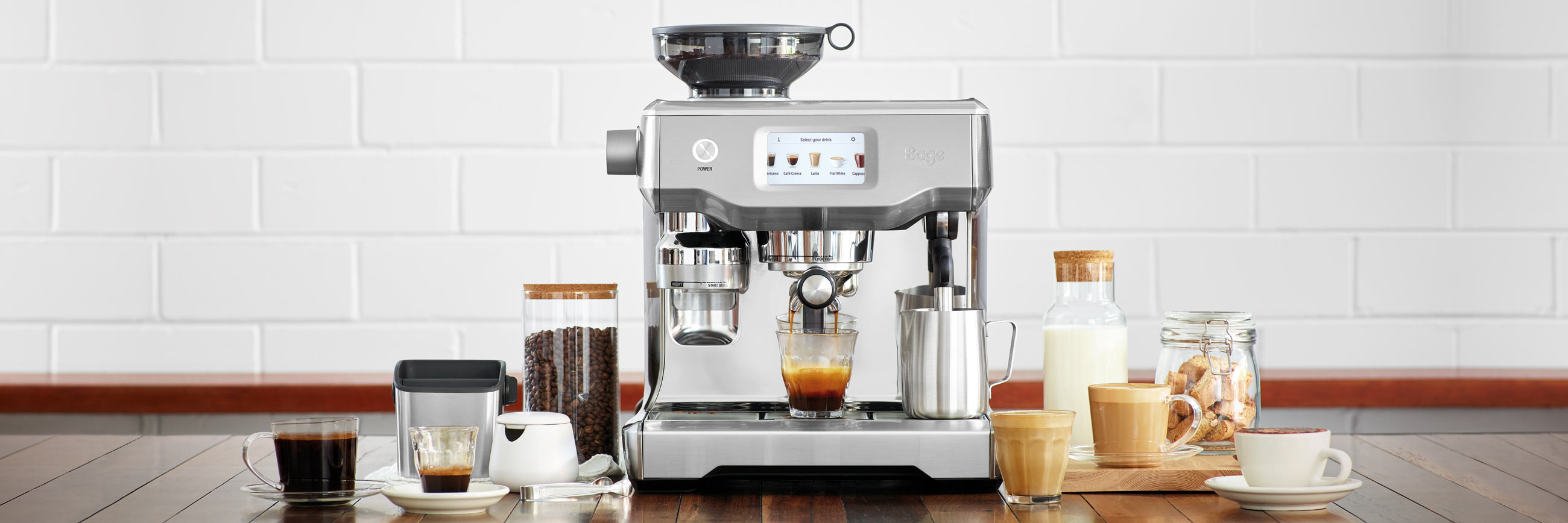Espresso’s taste is delicious and is highly caffeinated. Coffee lovers heading to their local coffee shops might find this coffee a bit more expensive than other forms of coffee. More and more espresso lovers are converting into homemade espresso to save their pocket and learn easy-to-make espresso.
People who are searching for Espresso machines for the home might be confused by the number of available machines. To help them better understand the different styles of machines when it comes to choosing homemade espresso, in this article, they will find different types of espresso machines with their advantages and disadvantages that will help them to choose the one that meets their needs and expectations.
There are different varieties, differing from each other in terms of water flow, (direct, reservoir, or volumetric) and boilers (single/double boiler/heat exchanger). There are machines differing based on their mechanism of operation. Some operate by lever or steam or pump), and levels of automation (semi-automatic, fully-automatic, super-automatic, ultra-automatic). Then there are pod and stovetop espresso machines.
For home, here is the list of espresso machines that are worth considering
Reservoir or Pour Over Espresso Machines
While choosing Espresso Machine for home, the Reservoir espresso machine is one of the finest choices of buyers. This type of machine comes with a reservoir that can hold a specific amount of water to make an espresso. So, the owner needs to refill the reservoir when he or she feels that it is coming closer to running out. If he or she is using it often then this can be a bit of a problem.
To get rid of this problem, a dedicated water line can be established to supply water to the machine.
This machine works best for people who don’t want to indulge in tedious installation or plumbing works.

Advantages:
Easy to move from one place to another
Doesn’t required any troublesome installation procedure
Disadvantage
Frequent refilling required
Maintenance and cleaning have be to do on a regular basis.
Single Boiler Machine
These machines are cheaper than other alternatives because they use a single boiler to heat water and steam milk or cream. The water used for espresso is cooler than the water used to produce steam for steaming milk, so single boiler machines need to cool down between different operations. Comparatively smaller than other machines, they are best suited for home-use.
These machines work well for people who drink less espresso and have the patience to wait for a second. Also advised for buyers looking for options to steam milk for mixed coffee drinks.
Advantages
Inexpensive than other alternatives
Small and can easily fit countertops
Different steaming options allow buyers to use the steam milk for coffee drinks.
Disadvantages
Need a cool downtime between shots
Small and compact. Not idle for commercial use but works well for home-use.

Heat Exchanger Machines
Usually, it is seen that double boiler machines are bulkier and expensive than other machines but comes with the additional benefits of two heaters. The heat exchanging espresso machines come equipped with a single boiler but gives the same results as a double boiler. These machines come with one boiler to heat water for brewing coffee and steaming milk. The only difference is in the mechanism used to cool down the temperature of the water used for steaming to make it fit for brewing. The output from this single boiler machine has less or almost zero cool downtime.
Espresso lovers find this machine best suited to them.
Advantages
Less to no time consumed between shots
Comes with an option of steaming milk
Comparatively inexpensive than double boiler machines
Disadvantages
Controlling Brew temperature is a bit difficult
Inconsistency between shots.

Comments
Post a Comment